
Muscle pain, also known as myalgia, is a common occurrence for individuals. It can feel like soreness or stiffness, affecting a small area or the whole body. Nevertheless, finding muscle pain relief is essential for maintaining a healthy and active lifestyle. There are various options that offer effective relief, such as electrotherapy, self-care remedies, medications, and exercises. It is important to determine the pain condition to apply the right solution.
There are various causes of muscle pain. The most common ones are intense physical activity, strain and sprains, and underlying medical conditions. It is vital to try different methods to find which one is the most effective. Trying conservative methods is also recommended before opting for more intensive ones. Additionally, combining several techniques can also enhance therapeutic effects. In this article, we will explore ten easy ways to relieve muscle aches and improve the quality of life.
Jump to a Section:
- How to Achieve Muscle Pain Relief with TENS/EMS Therapy
- How to Achieve Muscle Pain Relief with Rest & Sleep
- How to Achieve Muscle Pain Relief with Compression & Elevation
- How to Achieve Muscle Pain Relief with Ice Packs
- How to Achieve Muscle Pain Relief with Medication
- How to Achieve Muscle Pain Relief with Heat Therapy
- How to Achieve Muscle Pain Relief with Stretching
- How to Achieve Muscle Pain Relief with Light Exercise
- How to Achieve Muscle Pain Relief with Yoga & Meditation
- How to Achieve Muscle Pain Relief with Massages
How to Achieve Muscle Pain Relief with TENS/EMS Therapy
Transcutaneous Electrical Nerve Stimulation (TENS) and Electrical Muscle Stimulation (EMS) are popular methods of muscle pain relief. These therapies involve a device that delivers electrical impulses through electrodes placed on the skin. The stimulation targets the affected nerves or muscles, which helps to activate the natural pain-relieving mechanisms of the body.
TENS therapy is primarily used to alleviate nerve-related pain, joint pain, and muscular pain. On the other hand, EMS aims to strengthen weakened muscles and improve their functions. To relieve muscle pain, place the adhesive electrode pads on the skin around the affected area. Then, turn on the machine and adjust the frequency and intensity settings.
The settings of the electrical stimulation depend on the type of pain and target therapeutic effects. For instance, low frequency is ideal for triggering endorphin release. This can help ease chronic pain and muscle tension. Meanwhile, high-frequency is more suitable for acute muscle pain, such as strains and soft tissue injury. It is vital to adjust the intensity to a comfortable level that provides pain relief without causing discomfort or irritation.
Advantages of TENS & EMS
- TENS and EMS are non-invasive and drug-free methods of pain relief.
- They can help reduce inflammation in injured areas, promoting faster healing.
- EMS can help strengthen and tone muscles without putting as much strain on the joints as traditional exercise.
- EMS can improve muscle recovery and reduce muscle soreness after intense workouts.
- TENS and EMS machines are adjustable devices. Users can control the settings to fit their comfort level or tolerance.
- Portable devices can easily be used at home for ongoing pain relief.
- TENS and EMS can target specific muscle groups directly for rehabilitation and performance enhancement purposes.

How to Achieve Muscle Pain Relief with Rest & Sleep
Rest and sleep are vital components in achieving muscle pain relief. When the body is at rest, it has the opportunity to repair and rejuvenate itself. Lack of proper rest can lead to increased muscle tension. In addition, engaging in exercise or physical activity can cause them to become sore. By allowing ample time to rest, it will enable the muscles to repair and rebuild, leading to relief.
The amount of rest needed to repair muscle tissue depends on the severity of the muscle pain and individual factors such as age, overall health, and fitness level. Generally, it is recommended to get at least 7-9 hours of quality sleep each night for optimal muscle recovery. Moreover, taking short breaks throughout the day to rest and relax can also help alleviate muscle tension.
To promote better sleep and rest, consider implementing a bedtime routine that includes relaxation techniques. Creating a comfortable sleep environment with a supportive mattress and pillows can also aid in pain relief. Furthermore, practising good sleep hygiene by avoiding caffeine and electronic devices before bed can improve the quality of rest.
Health Benefits of Getting Proper Rest & Sleep
Proper rest and sleep offer plenty of benefits for overall health and well-being. It positively impacts the body, brain, mood, and weight. During sleep, the body undergoes recovery processes, including muscle repair. Adequate sleep can also boost immune function. It enhances the ability of the body to fight off infections and illnesses.
Rest and sleep can also help reduce stress and improve cognitive function and memory. It enables individuals to be more alert during the daytime and perform better in various tasks. Moreover, getting enough rest can aid in weight management and reduce the risk of chronic diseases.
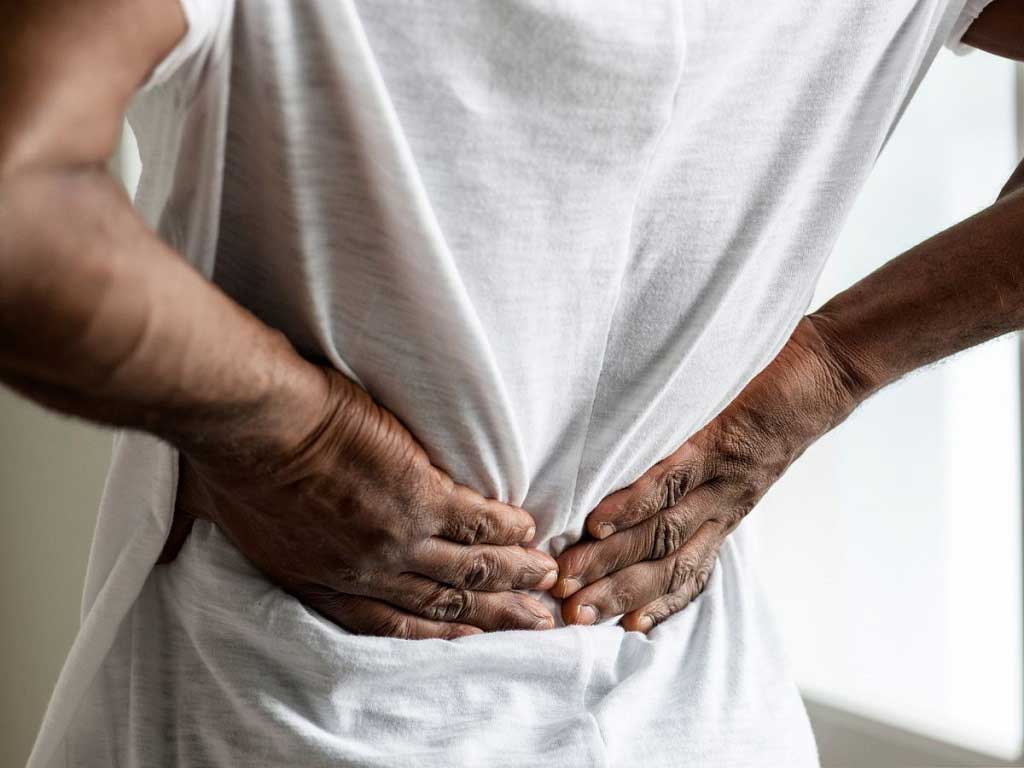
How to Achieve Muscle Pain Relief with Compression & Elevation
Compression and elevation are two effective strategies for reducing inflammation and swelling in muscle injuries. Compression involves applying pressure to the affected area using a bandage or sleeve. This helps to reduce fluid buildup and promotes better circulation, which can aid in healing and muscle pain relief.
Elevation involves raising the injured or sore muscles above the heart level to reduce swelling. This can be achieved by propping up the affected limb on pillows or using a special elevation device. Elevating the muscles helps to improve blood flow and drainage, allowing for faster recovery. Simply prop up the affected area with pillows or cushions. This can be especially helpful after a workout or injury when the muscles are sore and swollen.
When using compression and elevation for pain relief, it is important to apply them correctly for maximum effectiveness. The elastic bandage should be snug but not too tight, as this can restrict blood flow. Remove and reapply this every few hours to prevent any complications. Individuals should also maintain elevation for at least 20 minutes at a time, several times throughout the day.
Compression Bandages
Compression bandages are long, stretchable cloths that can provide support to injured or sore muscles. Wrapping them around the affected area applies pressure and narrows blood vessels. By slowing down blood flow, it keeps fluids from pooling at the injury site.
When applying a compression bandage, start at the furthest point from the heart and wrap towards the heart. Overlap the edges by about an inch when going around each time. Lastly, secure the end by using clip fasteners or tape. They can be used on the wrist, ankle, or any other area experiencing muscle strain or swelling.
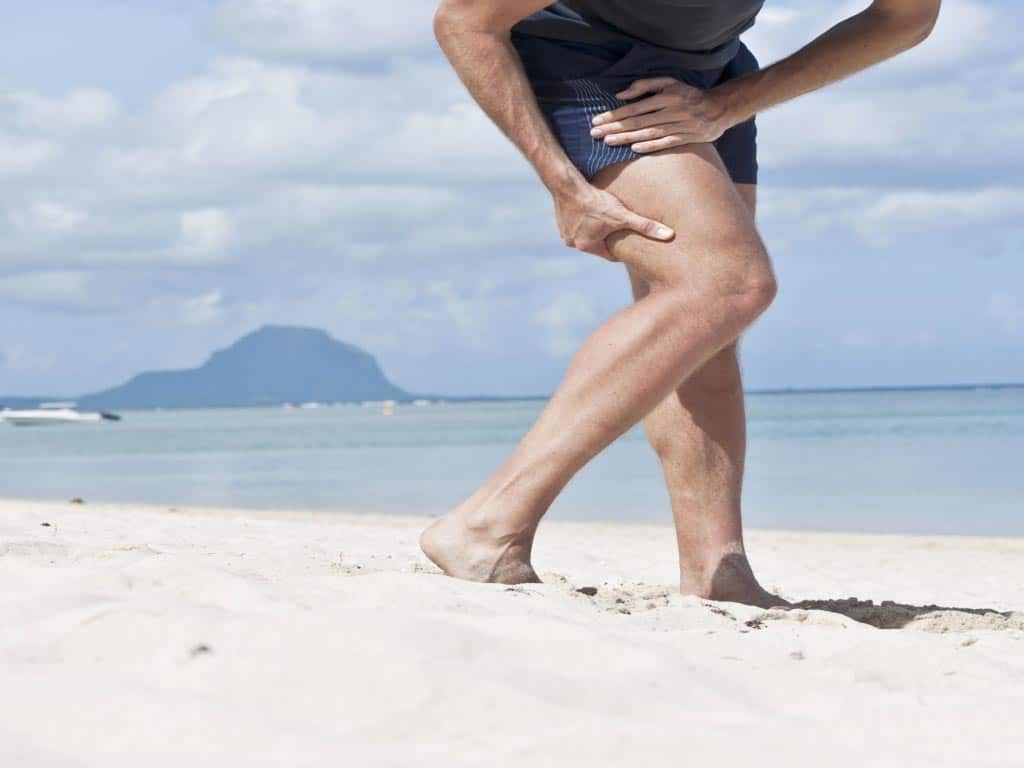
How to Achieve Muscle Pain Relief with Ice Packs
Using ice packs is another useful method to relieve achy muscles and reduce inflammation. The cold temperature helps numb the area, decreasing pain sensations and constricting blood vessels to minimise swelling. It is recommended to use ice packs within 48 hours after an injury. Apply it for 15-20 minutes at a time, taking breaks in between to allow the skin to warm up.
It is important to avoid applying ice packs for too long, as this can cause damage to the skin and tissues. Additionally, monitor the skin for signs of redness or irritation. If the pain persists or worsens, seek medical attention to rule out any underlying issues that may be causing severe muscle pain.
Using cold packs can help decrease painful muscle spasms, tissue metabolism, and enzymatic activity. It is also helpful to combine cold with heat therapy to further enhance muscle pain relief. Alternating between ice packs and heat packs can provide a balance of reducing inflammation and promoting muscle relaxation.
Application
- Timing: Apply an ice pack to the affected area as soon as possible after an injury or muscle strain. A bag of frozen peas can also work.
- Duration: Limit application to 15-20 minutes at a time. Take regular breaks and alternate between cold and heat if necessary.
- Protection: Always use a cloth or towel between the ice pack and the skin to prevent frostbite.
- Elevation: Elevate the affected area using the ice bag or cold compress to reduce swelling further and promote faster recovery.
- Frequency: Repeat the process every two to three hours for the first 48 hours after an injury.
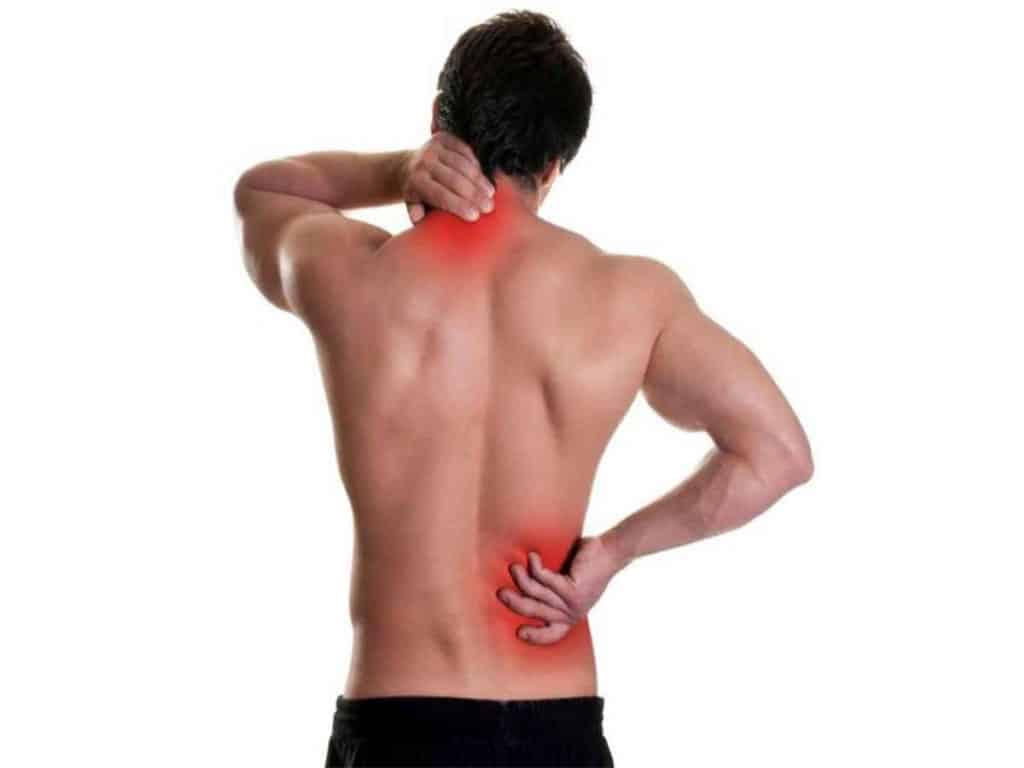
How to Achieve Muscle Pain Relief with Medication
In other cases, muscle pain may be too intense to be managed with rest, ice, compression, and elevation (RICE) alone. In these instances, medication can provide muscle pain relief from discomfort. One common type of medicine is Nonsteroidal Anti-inflammatory Drugs (NSAIDs). They work by inhibiting the production of prostaglandins, which are chemicals in the body that cause inflammation, redness, and tenderness.
Another option for muscle pain is paracetamol or acetaminophen. It reduces fever, headaches, and common body aches. It works by blocking the production of certain chemicals that transmit pain signals. However, unlike NSAIDs, it does not alleviate swelling. Individuals with any underlying health conditions should also consult with a healthcare provider for guidance and advice.
If OTC medicines do not work, prescription medicines may be necessary. These can include muscle relaxants, opioids, or corticosteroids. They often have more potent effects and should only be taken under the supervision of a healthcare professional. It is important to follow the dosage guidelines to prevent complications or adverse side effects.
OTC Medicines
NSAIDS, like ibuprofen, naproxen, and aspirin, are available over the counter without a prescription. They are easily accessible and affordable in pharmacies and drugstores, allowing individuals to manage minor aches. Furthermore, they can help treat a wide range of pain and inflammatory conditions.
Paracetamols like Tylenol and Panadol are also available for mild to moderate pain. People who cannot tolerate NSAIDs may opt for paracetamols. They are generally safe for people of all ages. Nevertheless, it is essential to follow the dosage instructions to avoid liver damage and other side effects. It is also crucial to avoid long-term use of pain medications.

How to Achieve Muscle Pain Relief with Heat Therapy
Heat therapy can be a beneficial way to attain muscle pain relief. Heat opens up blood vessels, which increases blood flow to the affected area. This helps relax tight muscles, reduce stiffness, and promote healing. However, only use heat therapy after 48 hours of the initial trauma. This allows for any inflammation to subside before applying heat.
One way to do this is by using a heating pad or a hot water bottle in the affected area. Leave it on the skin for 15-20 minutes at a time. Other ways to use heat therapy are by taking a warm bath and using heated blankets. Be sure to use a moderate temperature to prevent burning the skin.
Take breaks between sessions and avoid falling asleep with a heating pad on. Additionally, always use a cloth or towel between the heat source and the skin to prevent burns. If the pain persists or worsens after using heat therapy, stop immediately and consult with a healthcare provider.
Benefits of a Warm Bath
Taking a warm bath or shower is a simple way to relieve muscle aches. The warmth of the water helps to relax tense muscles and alleviate stress. It promotes relaxation and boosts the immune system. Adding Epsom salts can also be beneficial, as the magnesium in the salts can help reduce muscle soreness.
In addition to its physical benefits, a warm bath can also provide mental and emotional relief. The decrease in body temperature promotes melatonin production, enhancing sleep quality. It also increases hormones like serotonin, improving mood. Overall, it helps relieve sore muscles and improve mental well-being.
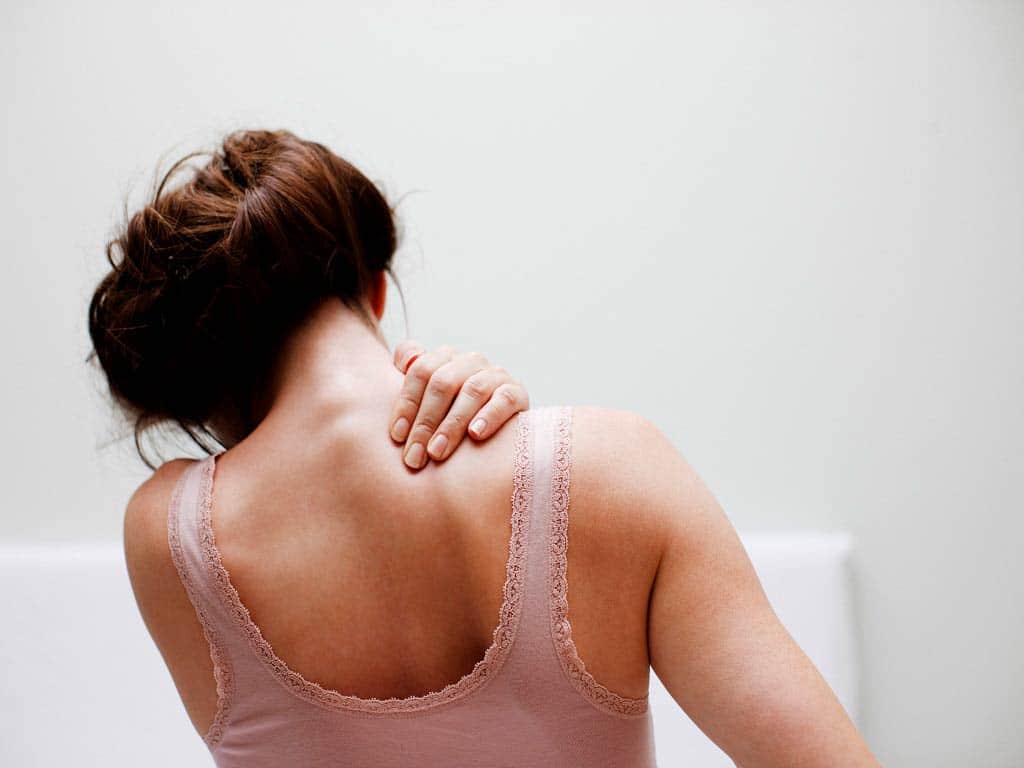
How to Achieve Muscle Pain Relief with Stretching
Stretching is a physical exercise that involves expanding the muscles to improve elasticity, tone, and range of motion. It can also increase muscle control and flexibility. When done properly, stretching can effectively provide muscle pain relief. The muscles become more pliable and less prone to injury. By focusing on areas of tightness, stretches can alleviate discomfort in the muscles.
One effective way to relieve muscle pain is to perform dynamic stretching before a workout and static stretching after. Dynamic stretching involves moving the muscles and joints through a full range of motion, while static stretching involves holding a stretch in a fixed position. Incorporating stretches into the daily routine can help strengthen the muscles or connective tissue for better performance.
Before starting any stretching routine, it is essential to warm up the muscles. This can be done through light aerobic activity like walking or jogging for a few minutes. Moreover, identify the areas of tightness or discomfort and focus on stretching those muscles. Remember to breathe deeply and relax into each stretch.
Best Stretches
- Lying hamstring stretch: Lie on the ground with your back flat, bend your knee, and bring it to your chest. Extend the leg while keeping the knee slightly bent. Hold for 10 seconds, then work up to 30 seconds.
- Quadriceps stretch: Stand on one leg and grasp the other foot behind you, pulling it towards your buttocks to stretch the quadriceps muscle. Stand near a wall for support.
- Upper back stretch: Sit on the floor with your legs crossed and reach your arms out to the front. Lower your head towards the floor to expand the upper back muscles.

How to Achieve Muscle Pain Relief with Light Exercise
Light exercise refers to low-intensity physical activity that can help relieve muscle pain and improve overall flexibility. It is less intense than vigorous exercise and does not cause extreme sweating or shortness of breath. Some examples of light exercises include walking, swimming, and cycling at a casual pace. These activities help increase blood circulation and reduce muscle stiffness.
Low-impact exercises are especially beneficial for those with chronic muscle pain like fibromyalgia or myofascial pain syndrome. It can also help people with chronic fatigue syndrome by gradually reintroducing physical activity into their daily routine. When starting a light exercise routine, start slowly and increase the intensity over time.
Consistency is key when it comes to achieving long-term muscle pain relief. Aim to incorporate at least 30 minutes of light exercise several times per week. Overtraining can lead to further muscle strain. Lastly, individuals should listen to their bodies and stop any exercise if experiencing any pain or discomfort. It is essential to strike a balance between activity and rest for optimal benefits.
Always Warm Up
Warming up before exercising enables a safer and more efficient workout. It helps prepare the muscles for activity by increasing blood flow and raising body temperature. This delivers more oxygen into the muscles, conditioning the body for the start of aerobic activity. It also minimises stress on the heart and allows nerve impulses to move faster.
A warm-up consists of brisk walking, jogging in place, or jumping jacks. Some additional tips include focusing on proper form and technique to prevent injury. Also, stay hydrated before, during, and after exercise. A good warm-up should last 5-10 minutes and include all muscle groups.

How to Achieve Muscle Pain Relief with Yoga & Meditation
Yoga and meditation are powerful tools for providing muscle pain relief and promoting overall well-being. It involves incorporating both physical and mental techniques to relax the muscles and reduce tension in the body. Yoga is a combination of physical postures, breathing techniques, and mindfulness practices. Practising gentle yoga poses can help stretch and release tight muscles and improve flexibility.
Meditation is a mental exercise that aims to clear the mind and curb any negative thoughts or feelings. Consequently, it can reduce stress levels and alleviate muscle tension and pain. For muscle aches, focus on poses that target the affected areas. These can include gentle backbends for lower back pain or hip opening poses for tight hips.
A common type of yoga pose is the Child’s Pose. This helps relieve tension in the chest, lower back, shoulders, and hamstring. Another beneficial pose is the Cat cow pose. It stretches the stretches the neck, shoulders, spine, hips, abdomen, and chest. This can also help improve posture and balance.
Benefits of Yoga & Meditation
Combining yoga and meditation practices offers numerous benefits to pain management. Yoga helps to stretch and release tight muscles, increase flexibility, and promote relaxation. It can help with back pain, arthritis, heart health, sleep, and stress management. Yoga also creates mental clarity, increases body awareness, and relieves chronic stress patterns.
On the other hand, meditation helps calm the mind, reduce stress and anxiety levels, and improve overall mental well-being. It can also enhance focus, concentration, and emotional regulation. When used in conjunction with yoga, meditation can amplify the benefits of pain relief and provide a holistic approach to healing.
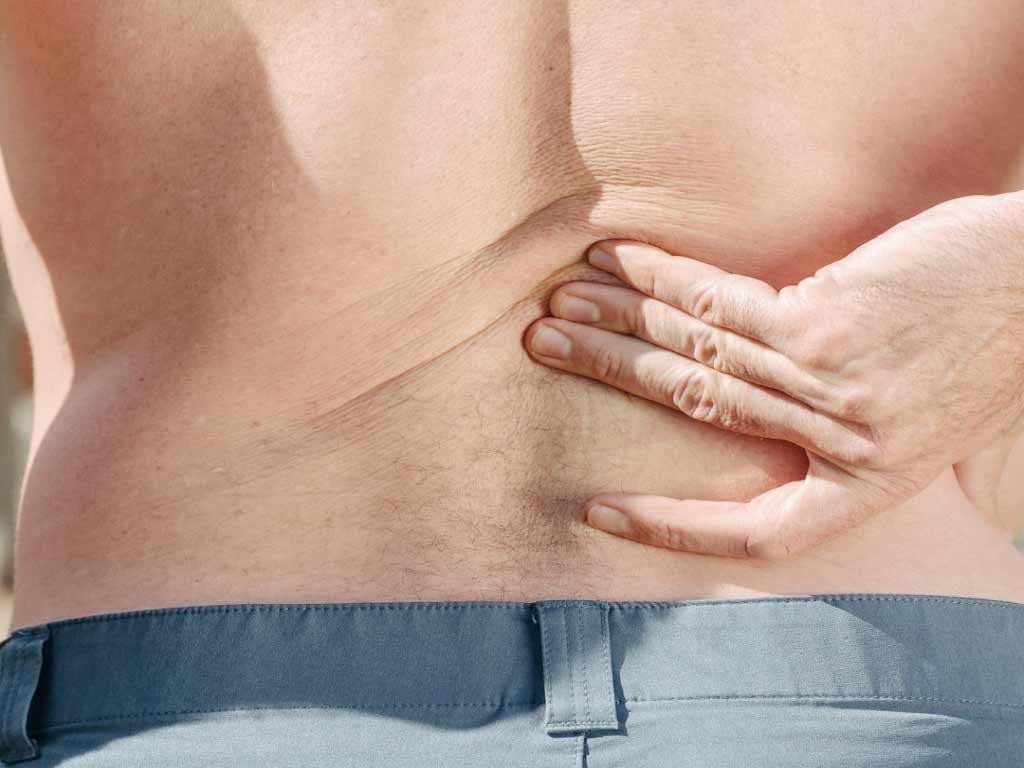
How to Achieve Muscle Pain Relief with Massages
Massage therapy is a type of integrative technique to provide comprehensive muscle pain relief. It involves rubbing and kneading of the muscles, tendons, and ligaments. The massage therapist varies the amount of pressure and movement, which can range from light stroking to deep pressure. By applying pressure, it can stimulate blood flow, reducing inflammation and promoting healing.
Regular massage sessions can help prevent muscle tension from building up over time. When consulting a massage therapist, communicate about particular areas of concern and pain levels. This can help them tailor the massage treatment to specific needs. Furthermore, individuals can administer self-massage techniques using tools like foam rollers, massage balls, or just the hands.
During a massage, the body releases endorphins and dopamine, which are the “feel good” chemicals in the body. Endorphins are also known as natural painkillers. Additionally, massages reduce the stress hormone cortisol, lowering blood pressure and reducing heart rate. It can also aid in the recovery process after intense workouts, injuries, or Delayed Onset Muscle Soreness (DOMS).
Types of Massages
- Swedish massage: It involves rubbing, kneading, or tapping the muscles. It focuses on relaxation and uses long, flowing strokes.
- Deep tissue massage: It applies sustained pressure to the deeper layers of the muscle and connective tissues. It uses slow, deep strokes for tension relief.
- Hot stone massage: It involves placing heated stones on the body to help relax muscles, ease damaged soft tissues, and improve circulation.
- Sports massage: It is targeted towards athletes to help improve performance, prevent injury, and aid in recovery. Likewise, it focuses on increasing tissue elasticity, reducing tension, and releasing muscle tightness.
Conclusion
Muscle aches are common pain conditions that can cause discomfort and limit physical activity. Some conditions are acute, such as muscle sprains, strains, and soreness, while others are chronic due to an underlying health disorder. Therefore, finding effective muscle pain relief is essential to manage the symptoms. For mild to moderate aches, the RICE method can help alleviate tension, reduce inflammation, and relieve pain. TENS and EMS therapies are effective in providing drug-free and non-invasive pain relief.
Another helpful technique is physical therapy. It is a combination of various modalities with the goal of relieving pain and restoring the range of motion. It can include heat therapy, stretches, light exercises, yoga, and massages. A physical therapist or healthcare professional creates a personalised treatment plan to address individual needs. Incorporating these methods into daily routines can offer holistic benefits and comprehensive pain management.




















